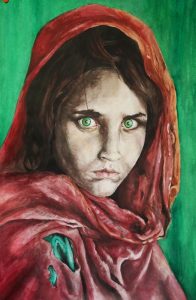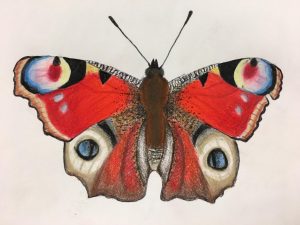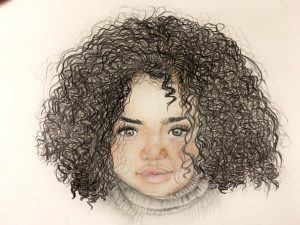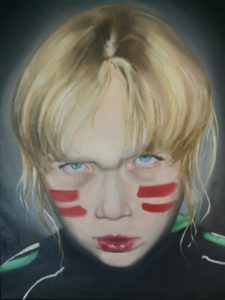GCSE – ART & DESIGN
GCSE – Art & Design
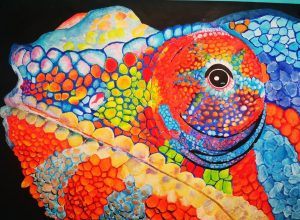
Introduction
A GCSE course in Art and Design will provide students with an opportunity to develop their artistic and creative potential. The course in this school has been designed to create a range of artistic experiences for example:
- Observing and recording the environment using photography, pencil, paint and charcoal.
- Exploring textile techniques as a path to exciting fashion designs.
- Using software programmes to digitally manipulate images, to develop ideas or create graphics.
- Working with clay to create unusual sculptural forms.
- Visiting art exhibitions and meeting designers.
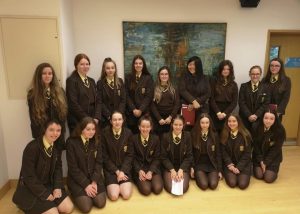
Course Content and Method of Assessment
Component 1 is worth 60%
Part A: Exploratory portfolio 25%
Part B: Investigating the creative and cultural industries 35%
Component 2
Externally Set Assignment 40%
Component 1
Component 1 Part A is worth 25% of the final award and students present an exploratory portfolio of work. Students will learn through practical exploration of practitioners, (artists, designers and craftspeople), the contexts they work in, and the processes they use to respond and develop their own creative ideas.
Component 1 Part B is worth 35% of the final award and students present an investigative sketchbook and final response to one of the following practical tasks;
- An investigation into an artist, designer, movement or other aspect of art and design leading to a personal response.
- A response to a design brief or visual arts commission.
- Participation in a collaborative project with a clearly defined role leading to an outcome that can be presented for individual assessment.
Component 2
Component 2 is worth 40% of the final award. In term 2, of the second year of the course, students will be given an exam paper, from which they will respond to a set theme e.g. the 2017 theme is ‘Structures.’ This unit will be completed within 10 weeks, and will involve a 10 hour supervised exam, taken over the course of one week.
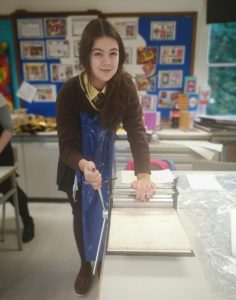
Course Assessment
At the end of the two year course all work is submitted for internal assessment and externally moderated by a visiting examiner.
To be successful in Art and Design you need to:
- Have an interest in Art and Design.
- Be able to use your imagination to think of new and original ideas for responses to projects.
- Enjoy practical work- drawing, making and creating.
- Have a positive attitude to work.
- Be prepared to work steadily over a two year period.
Career pathways: Architecture, Animation, Illustration, Product Design, Fashion, Textiles, Ceramics, Silversmithing, Jewellery, Visual Media, Graphics, Painting, Teaching etc.
Art and Design will help you develop your creative, technical, communication, analytical and problem solving skills – skills that are essential in a wide range of career opportunities:
- Techniques needed for ceramics, jewellery making and printmaking.
- Problem solving skills that are needed for a career in design: interior design, fashion design, engineering design, product design, computer graphics, occupational therapy, architecture.
- Knowledge about Art and Design, which is necessary for people who organise exhibitions and teach Art and Design.
- Artistic ability which is required in careers like advertising, theatre and film, set design, costume design.
- Creativity is a desirable asset when applying for third level courses, for example Medicine, Dentistry and Science.
Note
if you do not take GCSE Art and Design, the following careers may be more difficult to enter: Architecture, Fashion Design, Interior Design, Graphic Design, Art & Design Teaching, Illustration and Animation.
GCSE GALLERY
